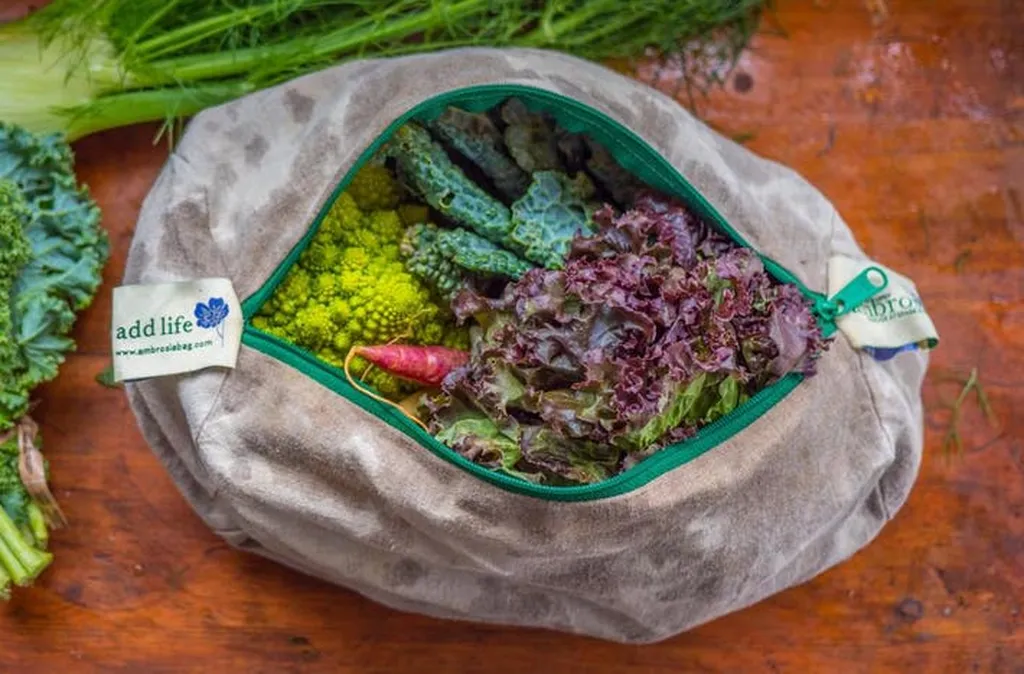In the arid landscapes of Morocco, a humble legume is making waves in the world of sustainable agriculture and nutrition. Faba beans, a staple in many cultures, are taking center stage thanks to groundbreaking research led by Oumaima Chetto from the INRA Regional Center of Agricultural Research of Meknes. Published in the African and Mediterranean Agricultural Journal – Al Awamia (translated as The Heritage), the study delves into the nutritional and biochemical profiles of Moroccan faba bean elite lines, offering promising insights for the agricultural and nutritional sectors.
Faba beans are not just a dietary staple; they are a powerhouse of nutrition and a key player in sustainable farming practices. The research team evaluated 20 elite lines and five varieties of faba beans grown during the 2021-2022 dry season. Their findings reveal significant variations in protein and mineral content among the genotypes, with some standing out as nutritional champions. “The variety ‘Lobab’ and elite lines 15, 1, 16, 10, and 7 showed remarkable nutritional resilience, surpassing the 20% protein threshold,” noted Chetto. This is a crucial discovery, especially under arid conditions where crop performance is often compromised.
The study also highlighted genotype 22, which exhibited the highest iron and zinc content, essential minerals for human health. “Genotype 22 could be a game-changer in addressing mineral deficiencies in regions where faba beans are a dietary staple,” Chetto added. Similarly, ‘Yasmine’ showed impressive levels of magnesium and calcium, while genotype 1213 had the highest manganese and copper concentrations. These findings underscore the potential of selective breeding to enhance the nutritional value of crops.
Beyond nutritional content, the research employed Fourier-transform infrared (FTIR) spectroscopy to reveal biochemical variations among the genotypes. Elite lines 6 and 11 consistently showed higher concentrations of phenyl compounds, polysaccharides, proteins, and lipids. “FTIR-ATR spectroscopy provided a detailed biochemical fingerprint of each genotype, which is invaluable for understanding their resilience and nutritional potential,” explained Chetto.
The implications of this research are far-reaching. High-protein lines like genotypes 1, 16, and 22, which have demonstrated nutritional resilience under drought stress, are promising candidates for registration and dissemination. Their high yield potential, as reported in previous studies, makes them even more attractive for commercial cultivation. “These genotypes could significantly impact the agricultural sector by providing high-yielding, nutritionally dense crops that thrive in arid conditions,” Chetto said.
The study also calls for future research to include trials under both drought-stressed and optimal conditions, as well as controlled environment studies. This will help precisely quantify the impact of drought on nutritional and biochemical parameters, paving the way for more resilient and nutritious crop varieties.
In the broader context, this research highlights the importance of investing in agricultural innovation to address global food security and nutritional challenges. As the world grapples with climate change and its impact on agriculture, studies like this offer hope and practical solutions. The findings not only benefit the agricultural sector but also have significant implications for public health, particularly in regions where faba beans are a dietary staple.
As we look to the future, the work of Oumaima Chetto and her team serves as a testament to the power of scientific research in driving agricultural advancements. Their findings could shape the development of new crop varieties that are not only resilient to harsh environmental conditions but also packed with essential nutrients. This is a significant step forward in the quest for sustainable and nutritious food sources, ensuring a healthier and more secure future for all.

